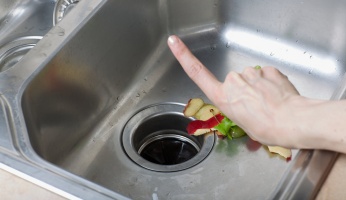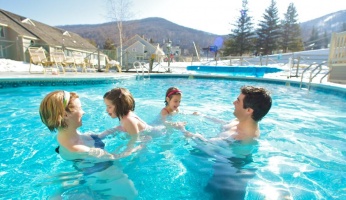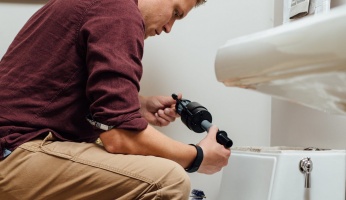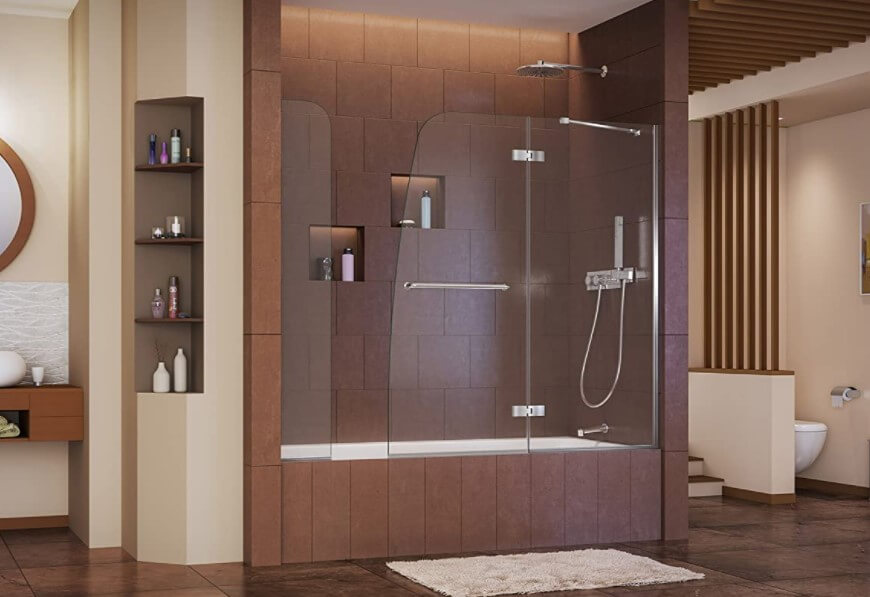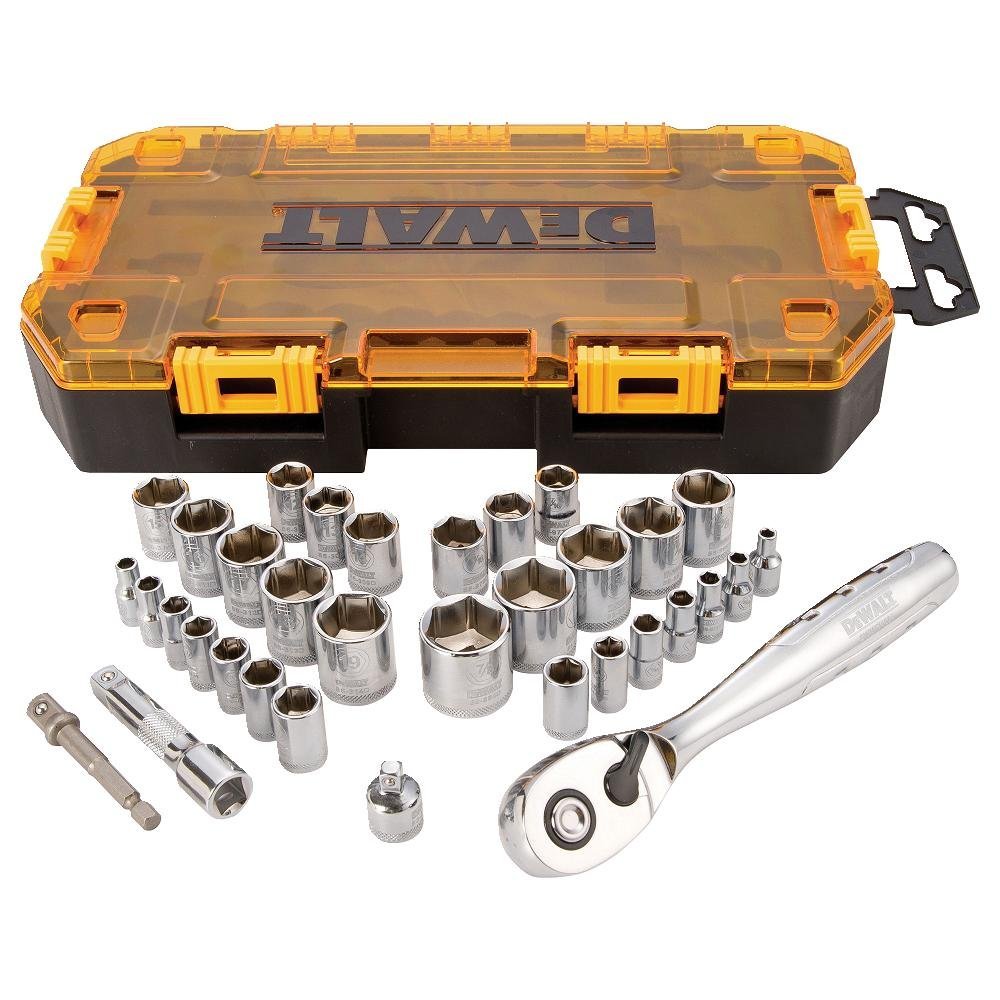- No Obligations
- Stop Paying Too Much For Your Contractor
- No Spam Calling
- Screened & ID Checked Contractors only!
The Most Energy Efficient Outdoor Heating Solution
0
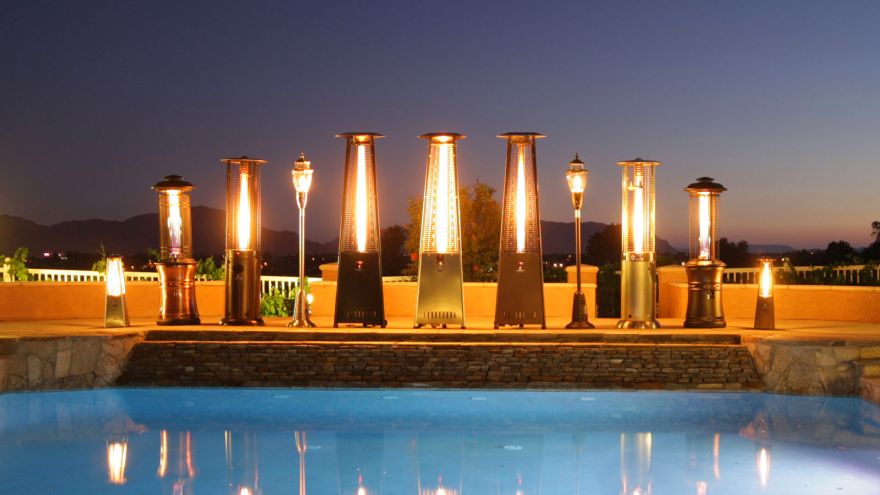 The Most Energy Efficient Outdoor Heating Solution
earlyexperts.net
The Most Energy Efficient Outdoor Heating Solution
earlyexperts.net
As our anxiety builds over the first real extreme drop in temperatures and the winter weather that comes with it, many people might find themselves in conflict, not quite ready to give up on enjoying the backyard patio they worked so hard to install this summer.
If you’ve been to any staple summer bar in your community (at least the ones that stay open in the winter) you have likely noticed some sort of heating where outdoor dining usually takes place.
These establishments are committed to keeping as many customers in side their restaurants as possible. As winter is traditionally a time when people eat out more, it seems foolish for restaurant and bar owners to lose such a large chuck of seating just because of a little cold weather.
The same goes for you and the outdoor space you worked so hard for. While it may seem silly to homeowners who prefer to shut themselves in next to the fire place all winter, for some, experiencing and enjoying their yards is a priority year round.
That said, human beings are not built to naturally withstand winter weather for a long period of time, as evidence by the general lack of fur. This means it would be tough to enjoy the outdoor space at your home with a viable heat source.
In this article, we outline some winter weather, outdoor heating options, keeping fuel efficiency and function front of mind. No longer will December mean a weekend spent packing up the patio furniture. You’ll simply roll out your heat source and maintain your vista for few months longer.
Gas vs. Solid Fuel vs. Electric
Ultimately, there are three ways to heat an outdoor area. Liquified petroleum gas burners (LPG) are the type often used in restaurants to keep outdoor seating areas warm for winter diners.
These tend to be the most expensive option because of the high cost of the LPG canisters. The units themselves are also large and can be cumbersome.
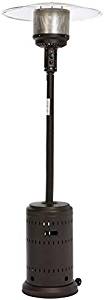
Heaters that generate heat via wood or pellets are characterized as solid fuel heaters. While these make for a better sensory experience, there is some leg work involved in preparing the heating mechanism itself, as well as the fuel source. For example, fire wood needs to be cut and split to fit the opening in the unit.
Also, while some enjoy that wood burning smell, others find it to be a nuisance, especially as it clings to clothing for what feels like forever.
Finally, there are electric heating options that prove to be superior to the previous two mentioned for a variety of reasons. First and foremost, the heat from electric units is directed. That means, the unit is not merely heating the atmosphere around it but is actually blowing out towards a person strategically positioned in front of the unit.
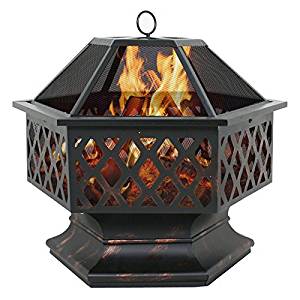
In addition, electricity is a super fast response energy source. Thus, all that is needed is a flick of a switch, and a constant temperature is generated without a long heating up process.
Infrared Heating
Another great option for outdoor areas is far infrared heat pads or blankets. These are great because they apply heat directly to a surface, like for instance a person.
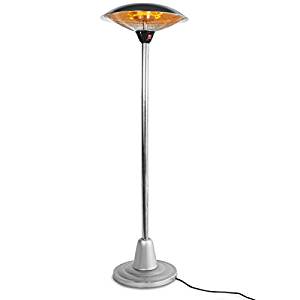
Ultimately, the fate of all heat is to fade away into the atmosphere. With something as direct as FIR, though, convection only truly happens via the person being heated and not the heat source it self.
Thinking Outside the Box
Regardless of what heat source you choose, there are some measures you can take to ensure the efficiency of the unit. These have mostly to do with creating an environment conducive to raising temperatures, even on the coldest nights.
For example, installing windbreaks around your seating area can help tremendously as wind has a large impact on temperature. Other structural elements, like fencing or awnings enclose the space being heated and can be somewhat helpful in keeping heat where you want it to stay.
Conclusion
At the end of the day, there is no perfect outdoor heat solution. The bottom line is, wherever your outdoor winter sitting area exists, it is likely not insulated. Thus, your heat source is going to be working overtime to fill the earth’s atmosphere with its heat.
Unfortunately, there is only one heat source capable of doing just that (the sun), and we are just a little too far away from it this time of year.
The moral of the story is keep your expectations realistic and consider all your options versus what is truly important to you before making your heat source decision.

